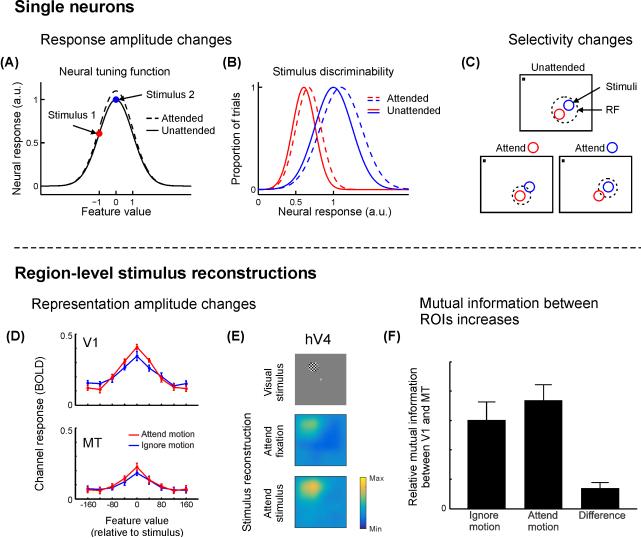Figure 2. Attention improves the information content of small- and large-scale neural codes.
When attention is directed towards a stimulus presented to a feature-selective neuron, several types of responses are commonly observed. (A) Response amplitudes often increase, which increases the dynamic range of the response, and accordingly improves the ability of the neuron to discriminate between two stimuli (B). This increased dynamic range enables improved discrimination of multiple stimulus feature values. (C) Many neurons show changes in RF properties with attention such that the spatial profile of their response is focused around an attended stimulus placed inside the RF. In contrast, population-level stimulus reconstructions (Box 2) enable assessment of the net impact of all unit-level response changes with attention. (D) When participants are instructed to attend to the direction of motion of a moving dot stimulus (as opposed to its contrast), the amplitude of motion direction-selective responses increases in both V1 and MT. (E) When participants attend to a flickering checkerboard disc, the reconstructed stimulus image (Box 2) is higher-amplitude compared to when they attend to the fixation point, especially in extrastriate visual ROIs such as human area V4 (hV4). (F) When motion is attended (see D), the mutual information between V1 and MT is greater compared to when stimulus contrast is attended, suggesting that attention maximizes the transfer of relevant information between brain regions at a population level. Panels A-C cartoon examples. Panels D & F adapted from [9] with permission from the Society for Neuroscience, panel E adapted from [76] with permission from Nature Publishing Group, colormap adjusted.

